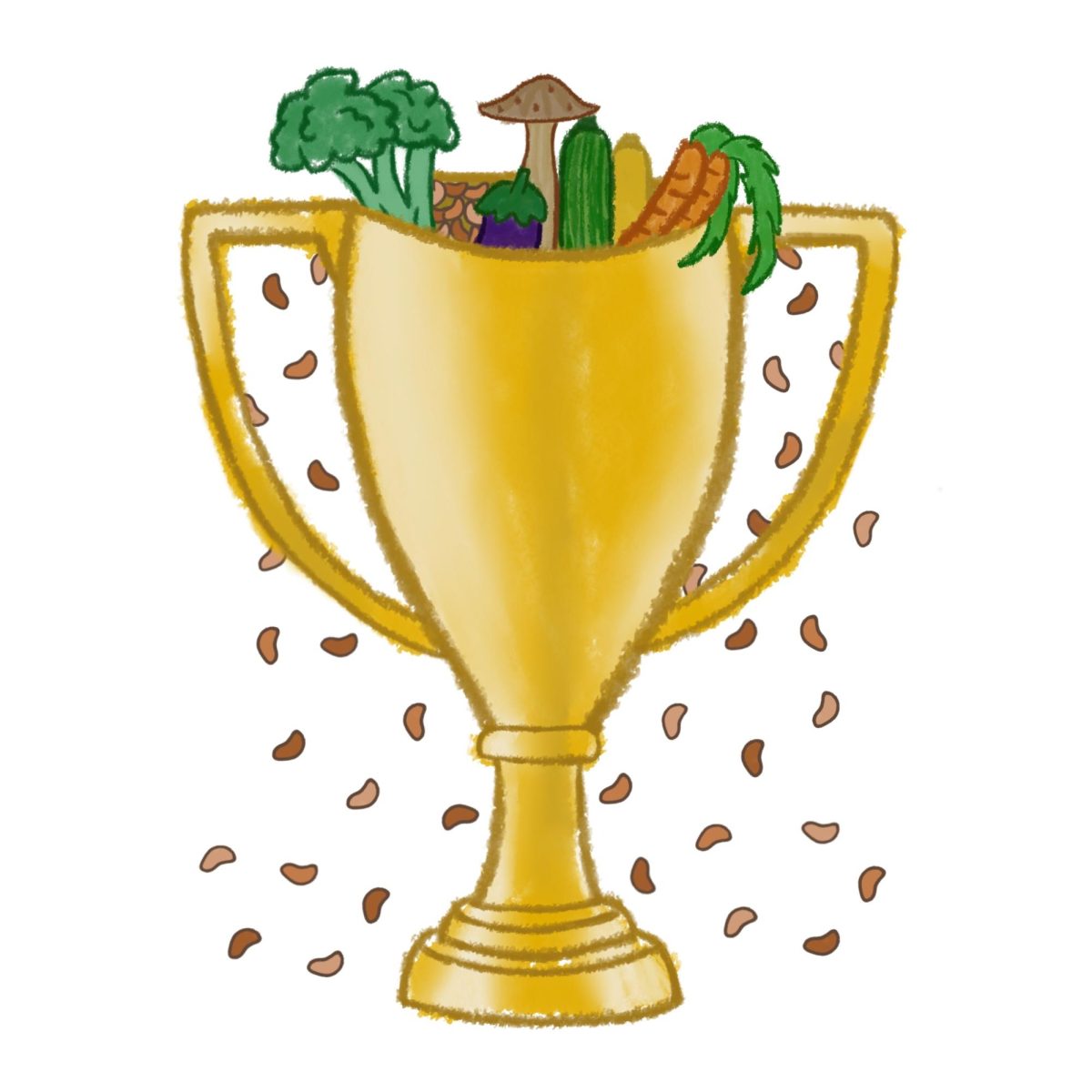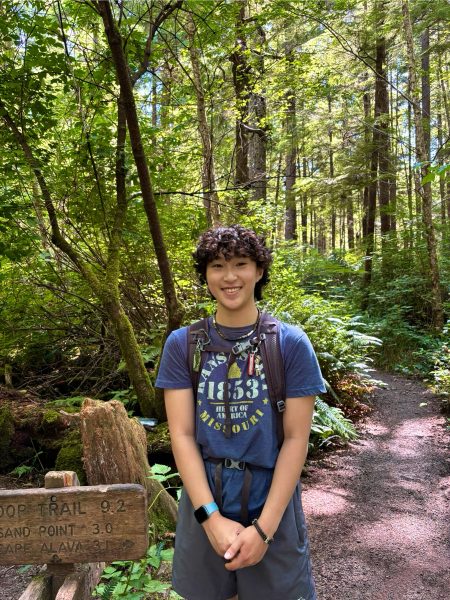Let’s get one thing straight: I really miss meat and dairy. I was the kind of meat-lover who would get pizzas loaded with every meat topping available. And once, after a two-week no-dairy challenge, I consumed a half-gallon carton of Organic Valley milk in less than 48 hours. My lifestyle was the antithesis of veganism. My choice to go vegan wasn’t fueled out of love for animals (if it had been, I would’ve made the switch 16 years ago), and it certainly wasn’t out of a craving for more vegetables. It wasn’t even done as a New Year’s resolution. So, why on earth did I do it?
My sudden switch to a completely vegan diet occurred on a Saturday morning in the middle of January, inspired by a Netflix show I’d somewhat unwillingly watched the night before called “You Are What You Eat: A Twin Experiment.” In this show, an eight-week study split identical twins into two groups: one twin would eat a balanced omnivore diet, and the other a vegan diet.
The results were profound. Not only did the vegan group show no increase in low-density lipoprotein (LDL) cholesterol levels, which was seen in the omnivore group, they actually had decreased levels. Prior to watching this show, I learned in Dr. Abrey’s physiology class that sustaining high LDL cholesterol levels would eventually lead to plaque buildup in the arteries, narrowing the blood flow pathway and increasing potential for cardiovascular issues. So, by decreasing LDL levels, the vegan diet could aid in something previously thought to be impossible: reversing heart disease. In contrast, processed meats such as salami, ham, and bacon are labeled by the World Health Organization as Group 1 Carcinogens, categorized alongside cigarettes and radium. Given the 800-plus studies done on the connection between processed meat and cancer, it’s baffling that bacon and sausage links are still served in restaurants and considered part of the “American diet.”
At this point though, I still wasn’t fully convinced that I should take this large leap of faith into the land of veganism. So, I continued my research by watching filmmaker Kip Anderson’s documentary “What the Health.” Halfway into the film, a drone video showed rows upon rows of Pepto-Bismol pink rectangular ponds that populate Duplin County, North Carolina. Those, Anderson narrated, are lagoons of pig excretions, dyed pink by the mix of bacteria in the water.
CAFOs, or concentrated animal feeding operations, raise nearly 10 million pigs in North Carolina alone. Their waste production would be equivalent to the entire U.S. Eastern Seaboard, from Maine to Florida, flushing their toilets into the state of North Carolina without any waste treatment measures. To avoid overflow of the pink lagoons, the rest of the excretion is sprayed with industrial hoses over large fields. Sometimes, the spray hits neighboring communities. Most of them house low income or BIPOC communities. In the documentary, René Miller, a Black Duplin County resident, clutches her toddler daughter in one arm and points Anderson to the family graveyard with the other. Miller’s grandmother, sisters, and brother lay there, their lives shortened from everyday inhalation and ingestion of cancerous toxins from the farm. Miller says the hoses were still spraying during the funerals.
That is why I went vegan. I saw how the animal product industry has become both a human rights concern and an environmentally unsustainable dietary practice, and it didn’t sit right with me to continue supporting it. Bee Alexander M. ’24, a vegetarian for five years and a vegan as of January, feels similarly: “I don’t want to contribute to an industry that’s systematically abusing animals. It’s not just the killing of animals for meat that I don’t like; they are also mistreated for the sake of taking their milk and eggs.”
Transitioning to a vegan diet has been a smooth process for Bee Alexander, but they sometimes struggle to find dairy-free options in food establishments, such as the lack of dairy-free candy in the cafeteria. At the same time, both Bee Alexander and I are grateful to have a variety of vegan alternatives at grocery stores to choose from, which have profoundly impacted my willingness to try new dishes and cultural foods. Since January, I’ve ventured into uncharted culinary territories, enjoying dishes I never imagined to be delicious — grilled eggplant dip with cucumbers, savory jackfruit “chicken” strips, and smokey sautéed wild mushrooms foraged from the trails of Snoqualmie Pass. This, along with the knowledge that I’m taking a step toward preserving our planet, has been among the most rewarding parts of my vegan journey.


